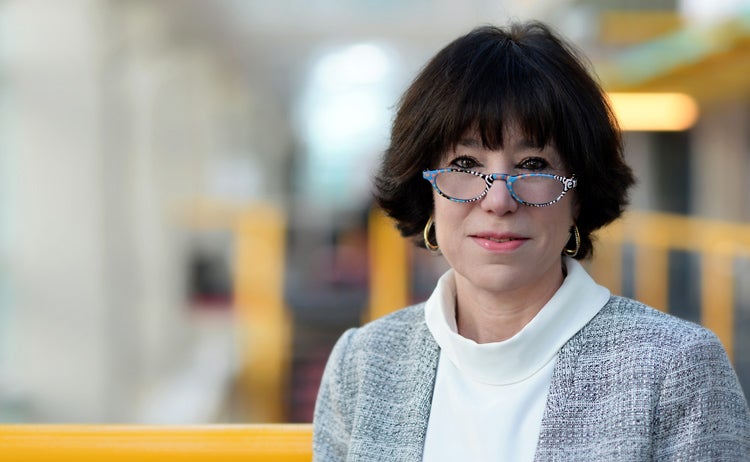Research Professor Maura Grossman has been named both a National Leader in Canada among eDiscovery Practitioners and a Global Leader among eDiscovery Lawyers by Who’s Who Legal 2020.
Who’s Who Legal explored eDiscovery practitioners and identified 21 experts and lawyers across Canada and 65 lawyers globally who are leaders in this burgeoning new field of law. Among practitioners in Canada, Maura was recognized as “an elite eDiscovery specialist” who has advised Fortune 100 companies and financial institutions on a range of eDiscovery and strategic matters including white-collar criminal investigations. In the global category, she was cited as “one of the leading experts, if not the leading expert, in technology-assisted review,” according to sources who commend her “ability to develop cost-effective, practical solutions to eDiscovery problems.”

Maura, along with her colleague, Cheriton School of Computer Science Professor Gordon Cormack, are pioneers of technology-assisted review for eDiscovery. They have shown that such review of legal documents can yield results superior to exhaustive manual review by legal experts. Their work has been instrumental in a number of high-stakes matters, among them the task of processing the 1.5 million emails transferred to the Library of Virginia in 2010 as part of the electronic records of outgoing Governor Tim Kaine. Maura has been called the most dangerous lawyer in America for her research and advocacy on technology-assisted review and, in 2016, the American Bar Association Journal named her as a “Legal Rebel.”